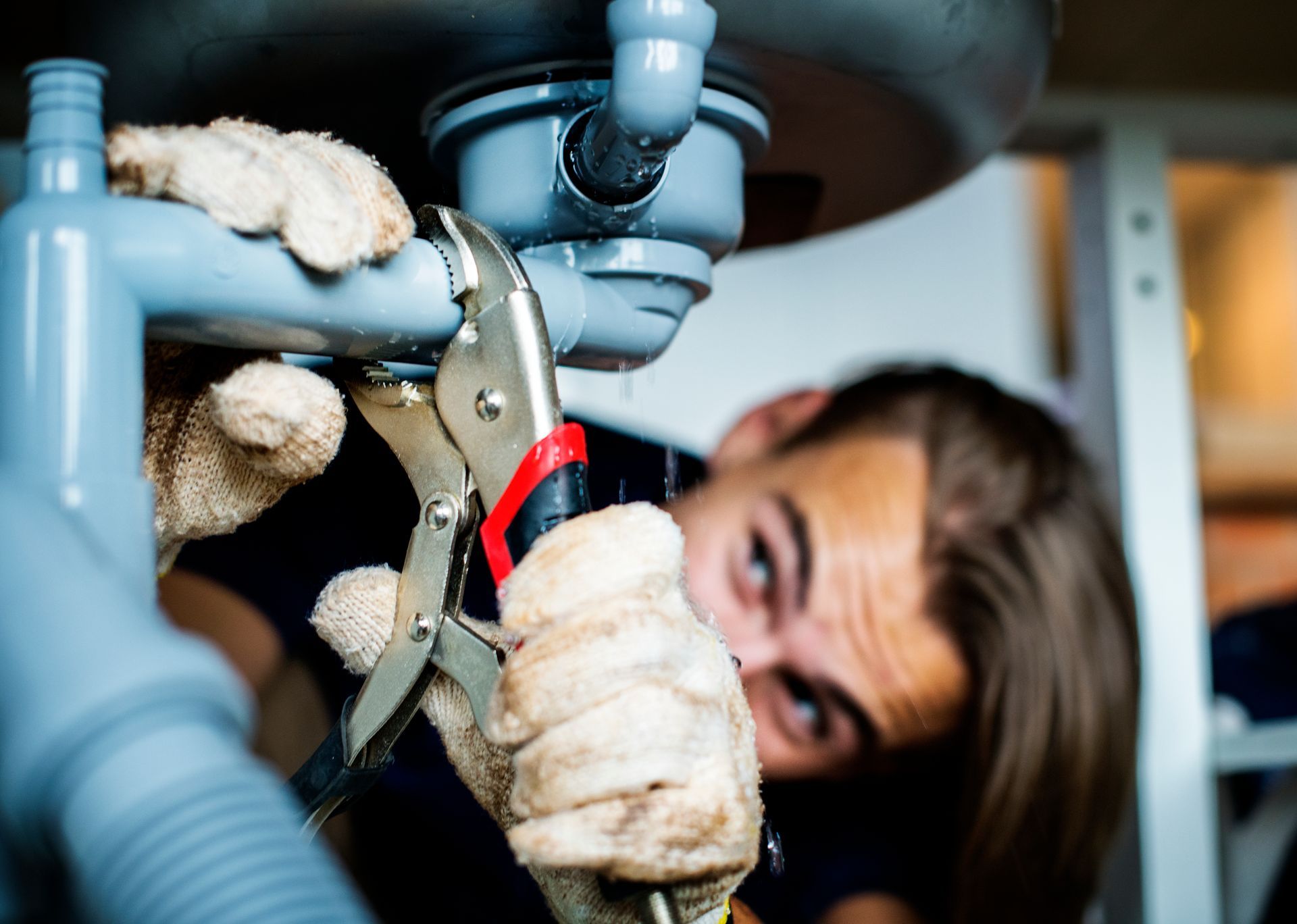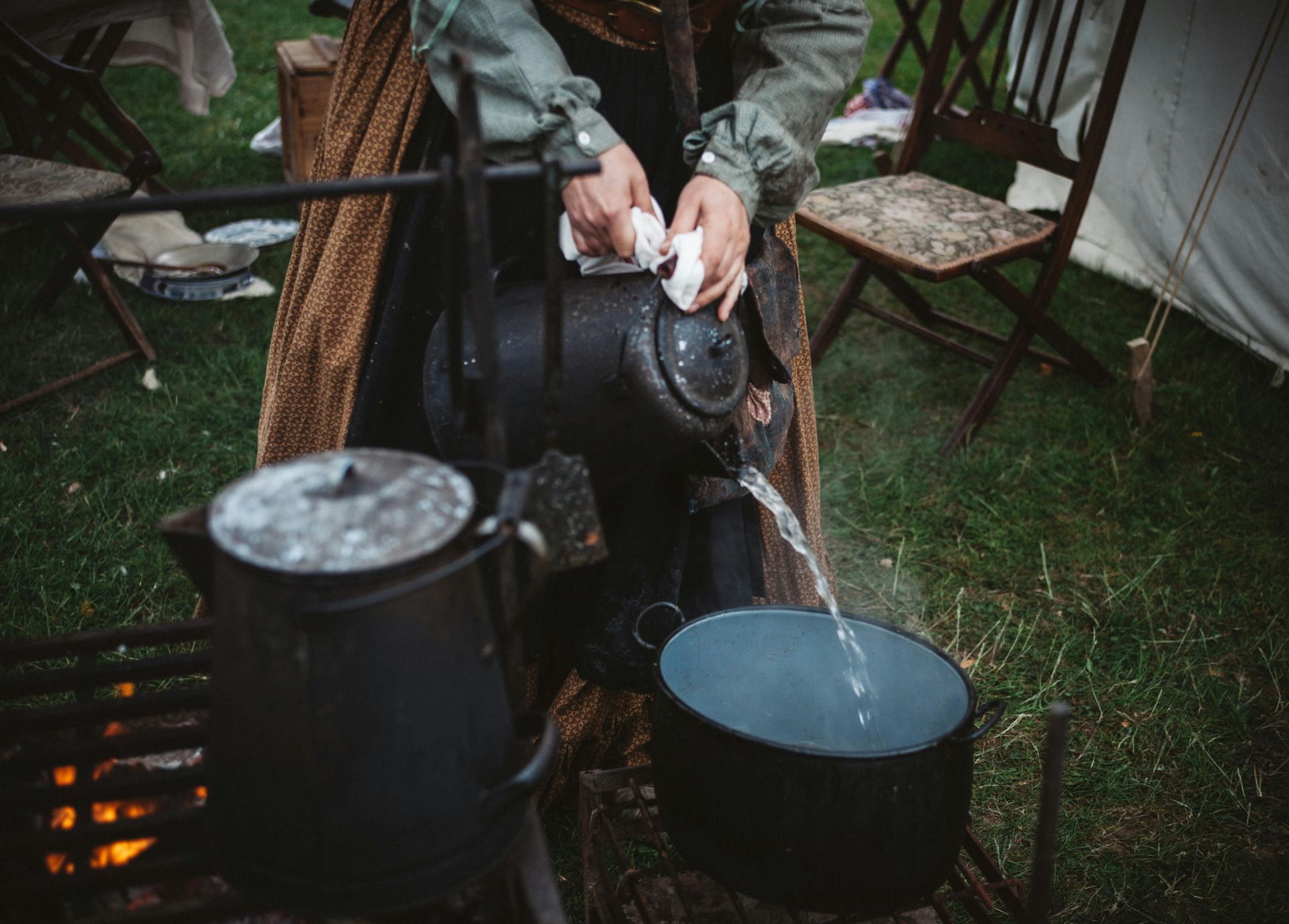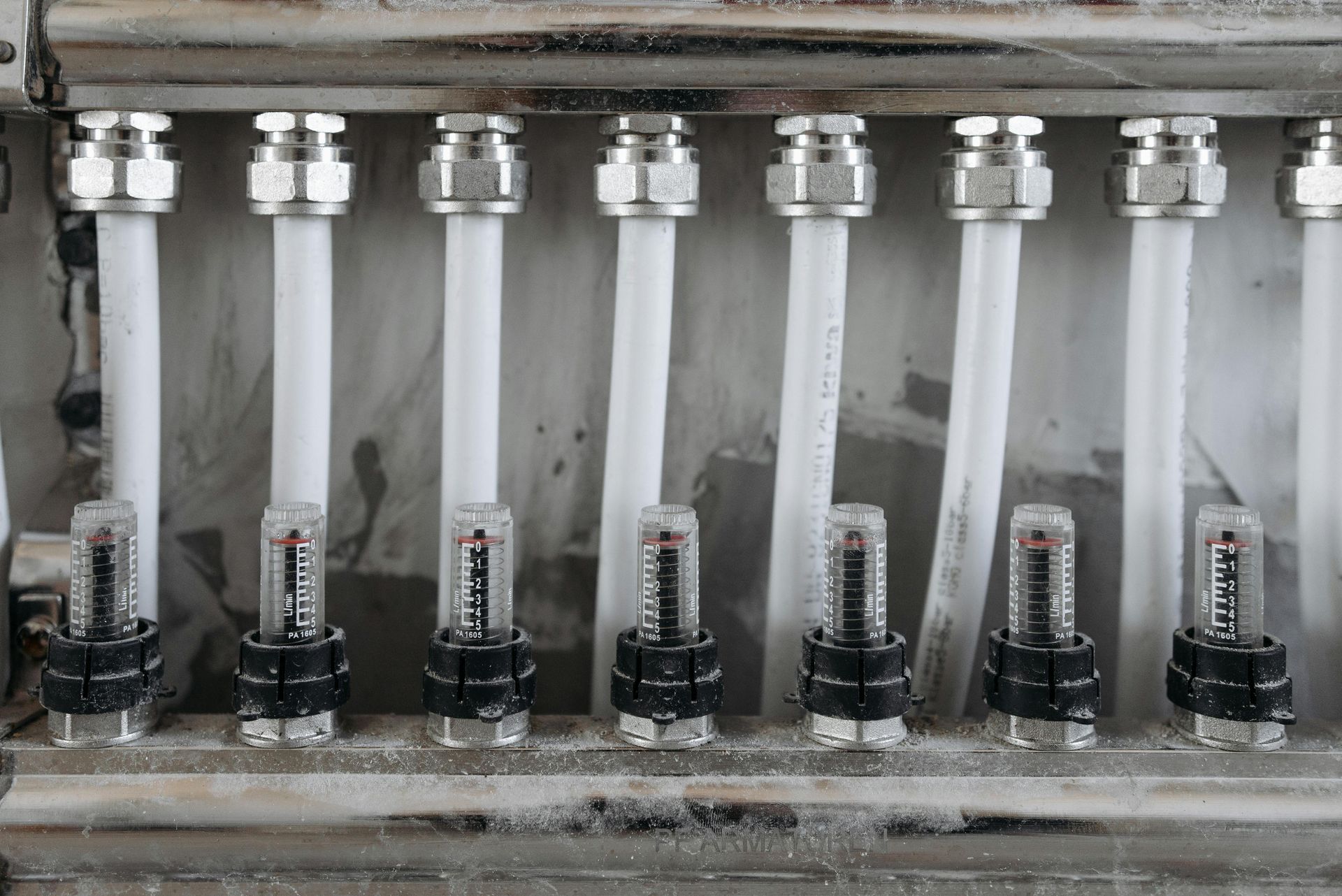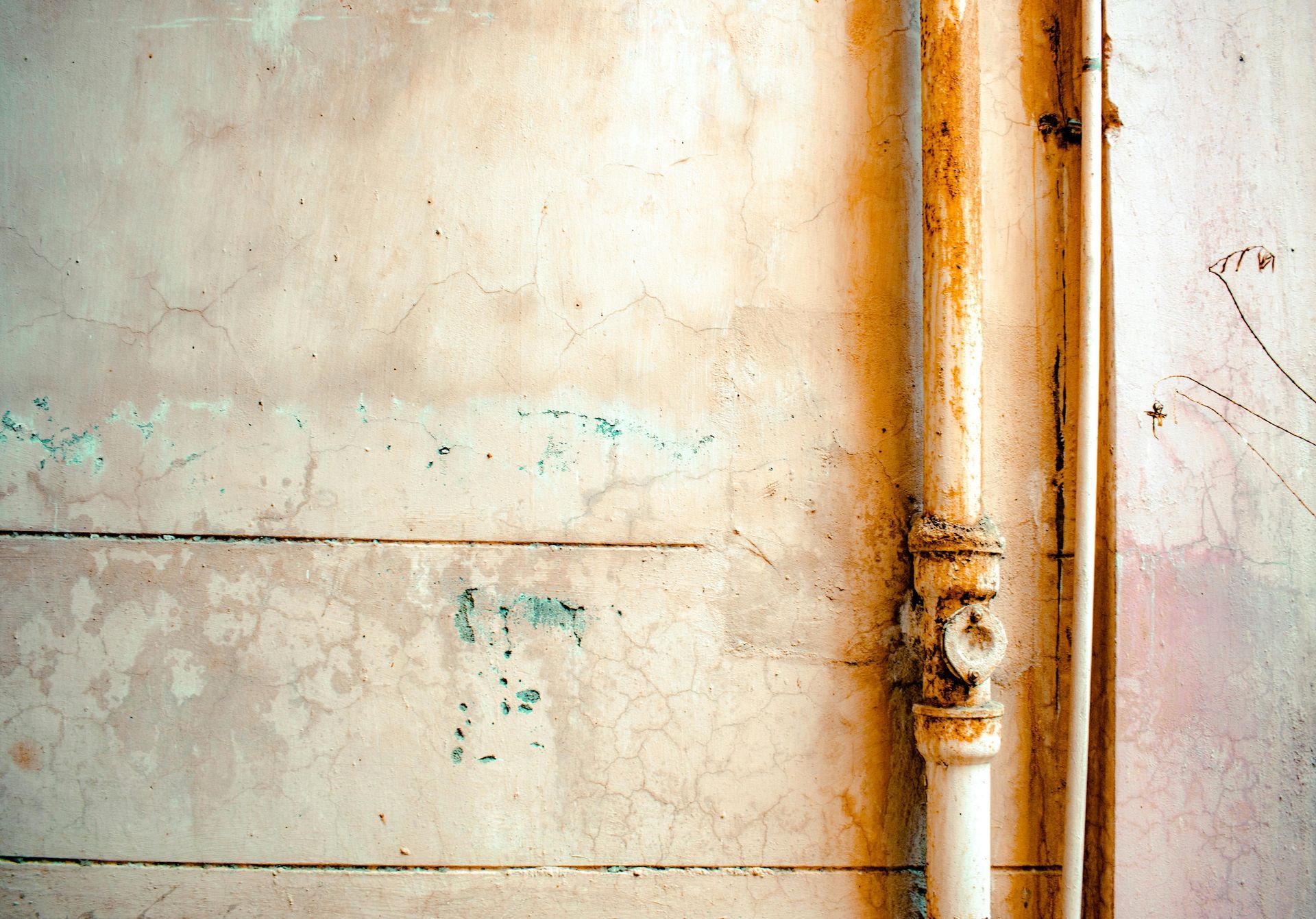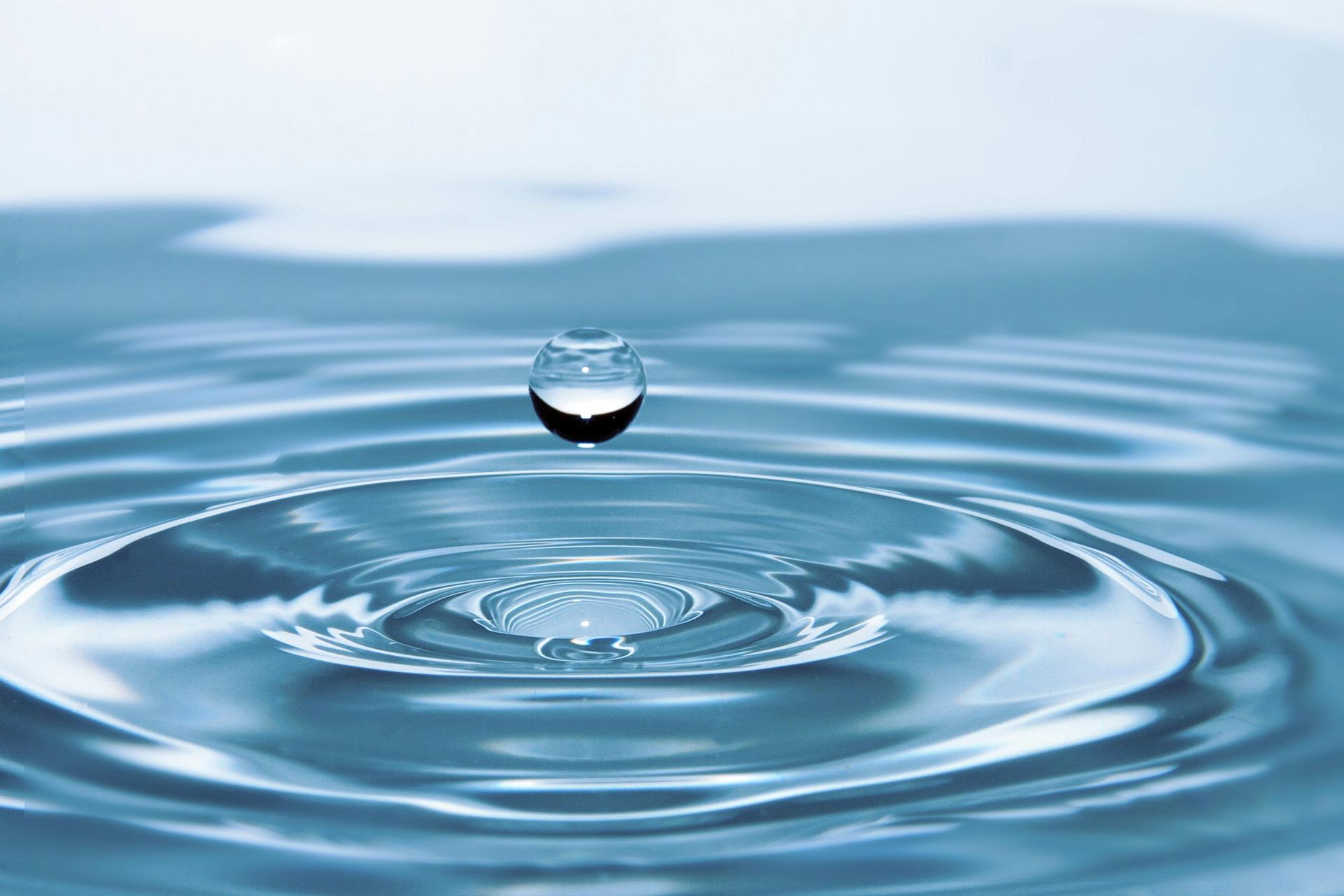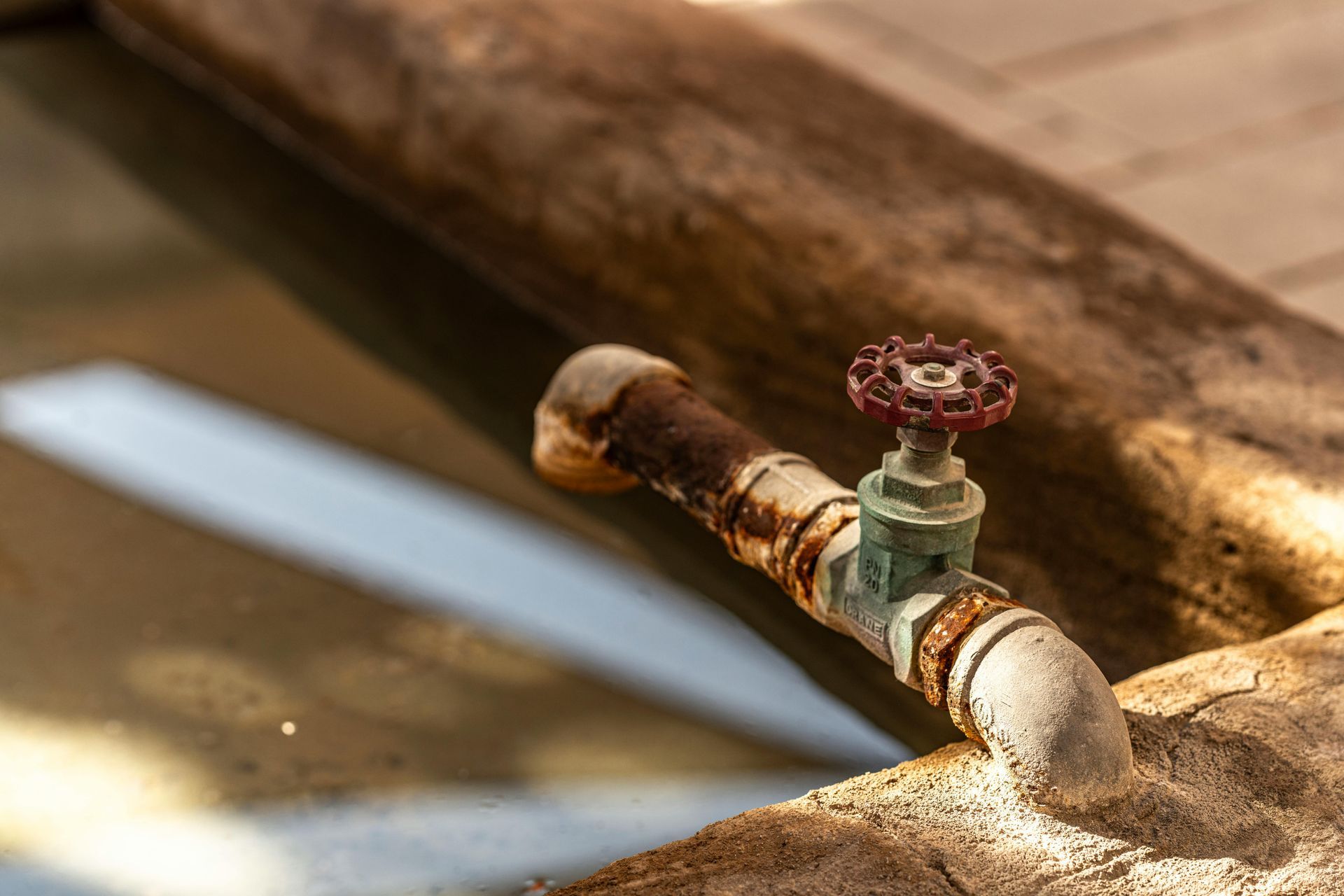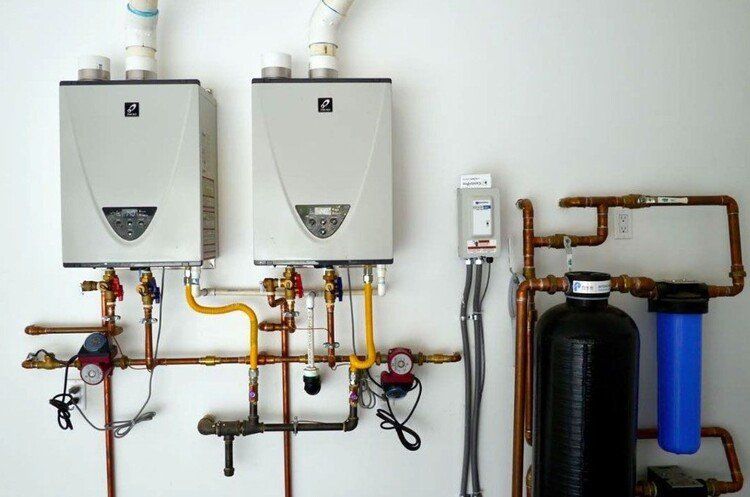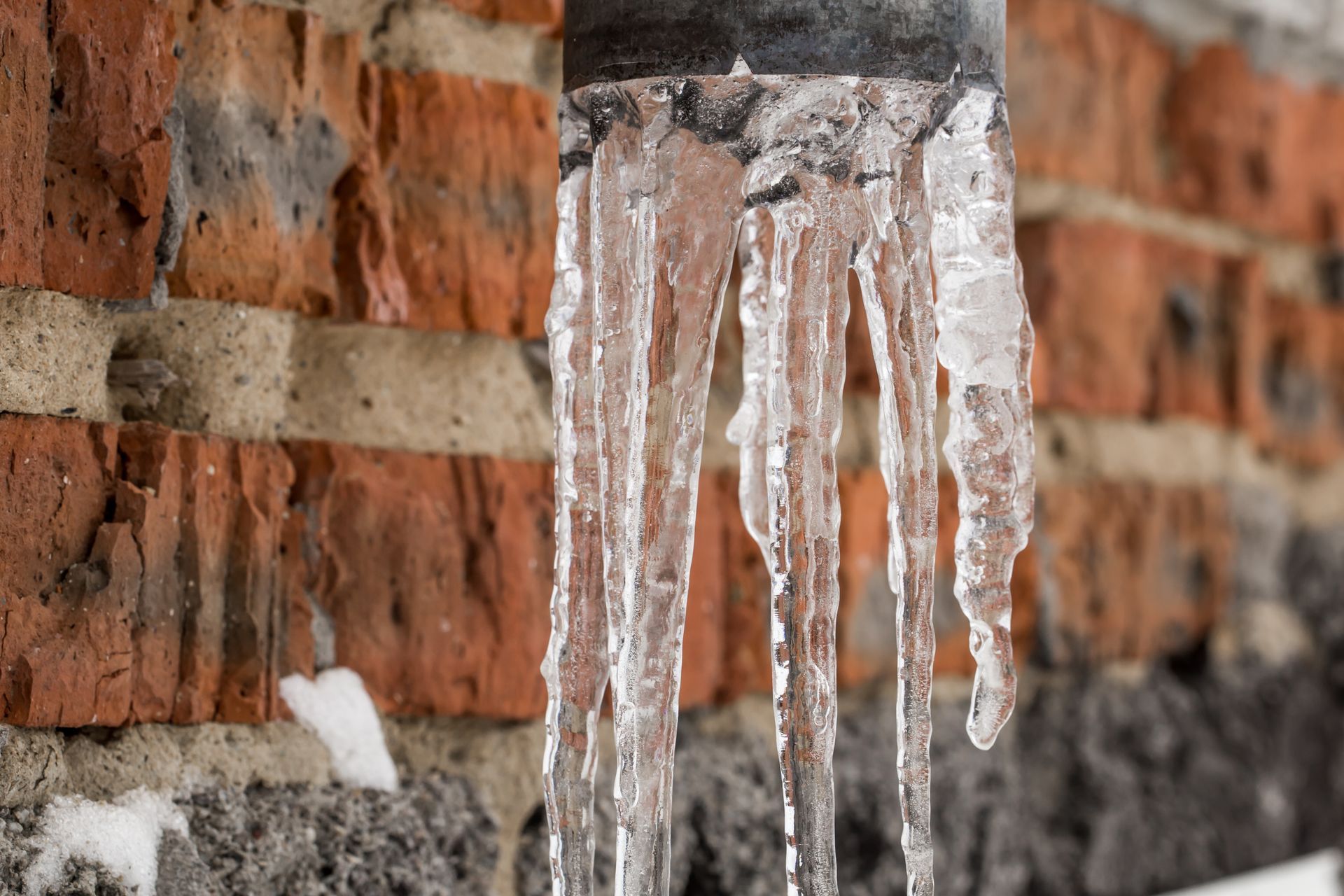Recognizing and Fixing a Leaking Water Heater Relief Valve
Water heaters are an essential component in most households, providing a steady supply of hot water for daily use. However, like any other mechanical device, water heaters can develop issues over time. One common problem faced by homeowners is a leaking water heater relief valve. This issue, if left unaddressed, may lead to water damage, increased utility bills, and potential safety hazards. In this article, we will explore the causes of a leaking water heater relief valve, guide you through the process of recognizing the symptoms, and provide a comprehensive step-by-step approach to fixing this problem efficiently. Additionally, we will discuss some technical considerations relevant to water heater maintenance, including why electrolysis is a threat to copper water pipes and how plumbing services such as those offered by All City Plumbers can be essential in maintaining your water system.
Understanding the Role of the Water Heater Relief Valve
Before diving into troubleshooting and repair, it is vital to understand what the relief valve does and why it is crucial for the safe operation of your water heater. The temperature and pressure relief valve, commonly known as the T&P valve or relief valve, is a safety device installed on your water heater to prevent excess pressure buildup inside the tank. It operates by opening and releasing water if either the temperature becomes too high or the pressure exceeds a safe threshold.
The relief valve protects your water heater from potential explosions or catastrophic failures that could occur if pressure and temperature rise unchecked. Typically, these valves are set to open at pressures around 150 psi or temperatures exceeding 210 degrees Fahrenheit. If the valve leaks or drips water, it is often an early signal that your water heater is under stress, or the valve itself is faulty. Therefore, recognizing the signs of a faulty or leaking relief valve early is essential to ensure a safe and efficient hot water system.
Recognizing the Symptoms of a Leaking Water Heater Relief Valve
A leaking water heater relief valve can present itself in a few different ways. Some symptoms are subtle and may easily be overlooked, while others can signal immediate danger or the need for urgent repair.
One of the most common signs is a small, continuous drip or leak from the valve or the discharge pipe connected to it. This drip may seem harmless initially but tends to worsen over time. In many cases, the relief valve releases water when the water heater is heating the water too aggressively, causing the pressure to rise. This is often an indication of faulty thermostat settings or a malfunctioning heating element.
Another symptom includes water pooling near the base of the water heater or along the pressure relief discharge pipe. This could indicate that the valve is not sealing properly, allowing water to escape continually. In extreme cases, a sudden and large release of water could cause flooding or damage in your utility area.
It is also worth noting that a leaking valve can sometimes be related to plumbing system issues external to the water heater itself. For instance, an excessively high pressure in the mains supply or conditions such as thermal expansion without an expansion tank may contribute to valve leaks.
At this point, many homeowners consider expert services to resolve the issue. This is where trusted professionals such as All City Plumbers come in, providing experienced assessments and repairs for water heaters and their components, ensuring safety and compliance with local plumbing codes.
Electrolysis Threats to Copper Pipes in Water Heaters
When maintaining or troubleshooting water heater components, it is important to understand the role of electrolysis and its impact on copper water pipes. Why is Electrolysis a Threat to Copper Water Pipes in Water Heater Systems? The answer lies in the way this chemical process—caused by unintended electrical currents—accelerates corrosion and weakens the integrity of copper piping over time. Electrolysis, by forcing electrical current through the pipes, can silently damage plumbing, especially in systems where copper is connected to water heaters.
Electrolysis occurs when there is an unintended flow of electrical current through the copper pipes, often due to improper grounding or electrical connections within the plumbing network. This current causes the copper to oxidize and deteriorate over time, leading to pinhole leaks, weakened pipe walls, and eventual pipe failure. Besides the physical damage, electrolysis can contribute to water quality issues by releasing copper ions into the water supply.
Water heaters can introduce stray electrical currents, especially in older models or those with corroded or damaged anode rods. If the electrical grounding and bonding are not correctly established, these currents can accelerate corrosion via electrolysis. This phenomenon underscores the importance of professional installation and regular inspections, including assessing the condition of the anode rod and grounding systems.
Protecting copper pipes from electrolysis also involves using dielectric unions or fittings to isolate different metals, thus preventing galvanic corrosion that may compound the damage caused by electrolysis. All City Plumbers and similar expert plumbing services have the knowledge and tools to identify and prevent these issues, ensuring your water heater and plumbing system remain reliable and safe over time.
How to Fix a Leaking Water Heater Relief Valve
Fixing a leaking water heater relief valve might seem daunting, but with caution, the right tools, and clear instructions, many homeowners can address minor leaks effectively. If you are unsure or uncomfortable performing these repairs, engaging professionals like those at All City Plumbers is recommended to avoid personal injury or damage.
Step 1: Safety Precautions and Turning Off the Power Supply
Before beginning any maintenance work on your water heater, make sure the power supply is turned off. For electric water heaters, switch off the breaker; for gas models, turn off the gas valve. This precaution prevents accidental electrocution or gas leaks during repair.
Next, shut off the cold water supply valve feeding the water heater to stop water inflow. Also, allow the water inside the tank to cool down for at least a couple of hours to reduce the risk of scalding and pressure.
Step 2: Relieving Tank Pressure and Draining Water
To avoid injury, relieve the pressure inside the tank by lifting the lever on the relief valve—this action will allow some water to escape, so be prepared with a bucket or towels. Following this, attach a hose to the drain valve at the bottom of the tank and drain enough water to lower the water level below the relief valve opening. This step makes it safer to remove the valve.
Step 3: Removing and Inspecting the Relief Valve
Using a wrench, carefully unscrew the leaking relief valve by turning it counterclockwise. Inspect the valve for signs of corrosion, mineral buildup, or mechanical damage. Often, the valve may leak due to debris stuck inside, a faulty seal, or wear over time.
Step 4: Cleaning or Replacing the Valve
If debris is suspected to be the problem, flush the valve with clean water or soak it in a vinegar solution to dissolve mineral deposits. However, relief valves are inexpensive and often best replaced rather than repaired because a faulty relief valve poses a safety hazard.
When purchasing a new valve, ensure it matches the pressure and temperature specifications of your original valve. Thread the new valve into place carefully to avoid cross-threading, and tighten securely but do not overtighten, which could damage the threads.
Step 5: Refilling the Water Heater and Checking for Leaks
Once the new valve is installed, close the drain valve, remove the hose, and slowly open the cold water supply to refill the tank. Open a hot water faucet in the house to allow air to escape, preventing pressure buildup.
After the water heater tank is full, turn on the power or gas supply again. Monitor the relief valve area closely for leaks over the next several hours, and ensure it remains dry unless it is intentionally releasing pressure during heating.
When to Call a Professional Plumber
While the steps outlined can help many homeowners manage a leaking relief valve, certain conditions require professional attention. For example, if the valve continues to drip after replacement or if you observe water heater pressure spikes, it might indicate underlying problems with your water heater's thermostat or pressure regulation mechanism.
Additionally, structural corrosion or concerns related to electrolysis damaging your copper pipes should be evaluated by experienced plumbers. Professionals from All City Plumbers bring the expertise to diagnose complex issues, ensuring your water heater and plumbing operate safely and efficiently.
Preventative Maintenance to Avoid Relief Valve Leaks
Proactive maintenance is key to extending the lifespan of your water heater and preventing leaks or failures in the relief valve. Regularly testing the valve by lifting its lever a few times a year can help keep it clear of mineral buildup and functioning properly.
Flushing the entire water heater annually is also recommended to remove sediment buildup inside the tank that may cause overheating and pressure problems. Regular inspection for signs of corrosion, especially around valves and pipe connections, helps detect issues early.
Given that improper water pressure and temperature settings are often responsible for relief valve leaks, ensure these settings are optimized according to your water heater’s manufacturer guidelines. If in doubt, consult a licensed plumber to perform inspections and set up a water pressure regulator or thermal expansion tank as needed.
Conclusion
The water heater relief valve is a vital safety component designed to protect your home from dangerous pressure buildup. Recognizing and fixing a leaking water heater relief valve is crucial for maintaining the safety and efficiency of your hot water system. Understanding the underlying causes — such as faulty valves, excessive pressure, or water heater component failures — helps prevent potential water damage or safety hazards.
Additionally, homeowners should be aware of the risks posed by phenomena like electrolysis, which threaten copper water pipes and overall plumbing integrity. Engaging knowledgeable plumbing services such as All City Plumbers ensures that your water heater system remains in optimal condition, addressing both immediate repair needs and long-term preventative maintenance.
By following the procedures outlined and opting for professional assistance when necessary, you can confidently manage your water heater’s performance and safety, guaranteeing a reliable supply of hot water and peace of mind for years to come.

